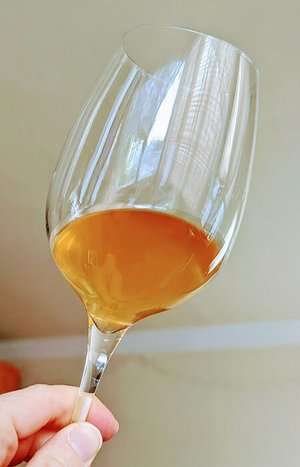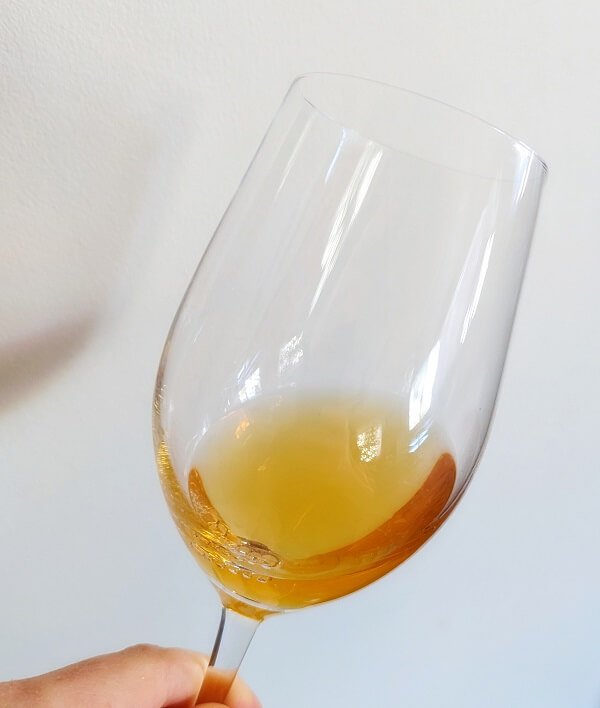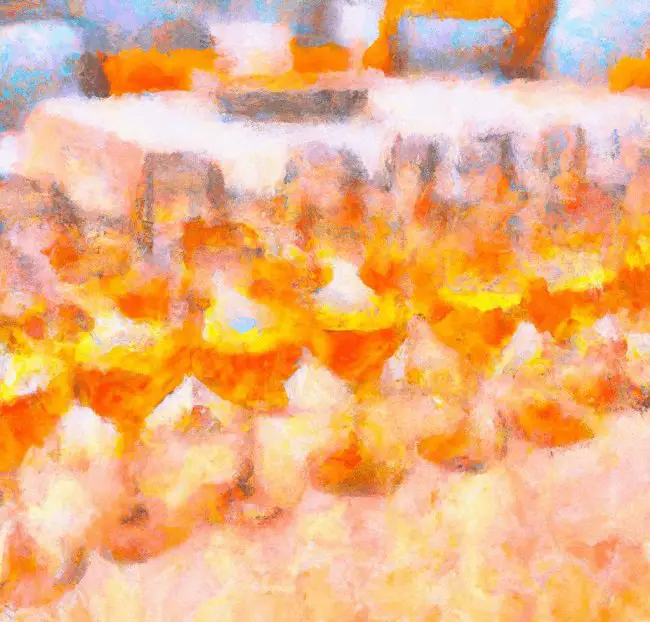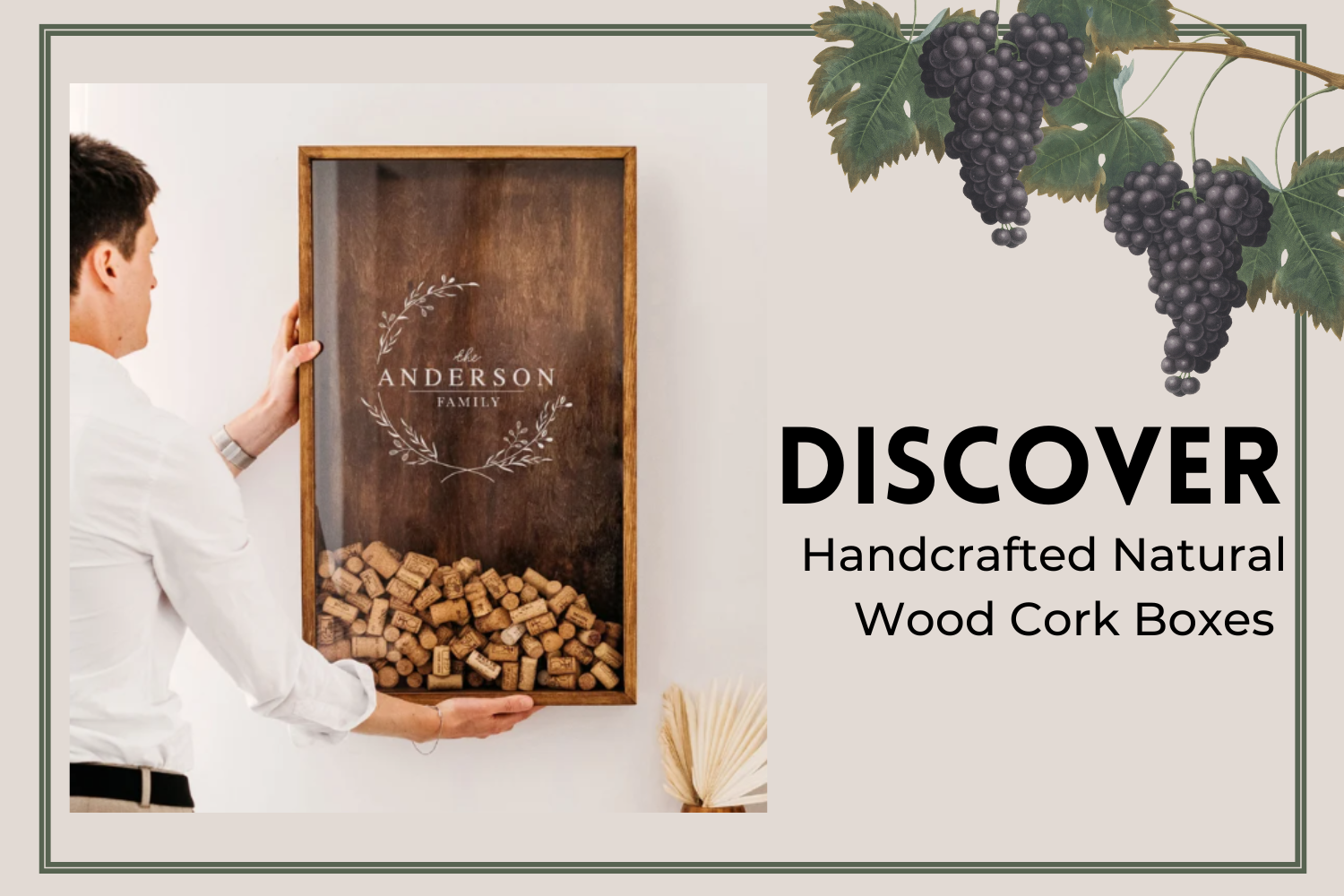
If you’ve just discovered orange wines, then it’s good to know that just like other wines, they come in a range of styles.
Orange wines come in seven different styles: 1) light and floral, 2) intensely aromatic, 3) medium-bodied with soft texture, 4) full-bodied and tannic, 5) elegant, complex, and delicate, 6) pink and bright, and 7) sparkling orange wines. The grapes and winemaking techniques determine the orange wine style.
Here’s what you need to know about choosing an orange wine styles.
- What Are Orange Wines?
- What Are Types of Orange Wine?
- Orange Wine Type #1: Light, Floral and Refreshing
- Orange Wine Type #2: Intense Aromatic Orange Wines
- Orange Wine Type #3: Medium-Bodied Orange Wines with Soft Tannins
- Orange Wine Style #4: Full-Bodied, Tannic, Ageable Orange Wines
- Orange Wine Style #5: Elegant, Complex, and Delicate
- Orange Wine Style #6: Pink Wines (Yes, Pink!)
- Orange Wine Style #7: Orange Sparkling Wine
- How Do You Know What Style of Orange Wine You’re Buying?
- Where to Buy Orange Wines
- Thirsty for More?
What Are Orange Wines?

Orange wines are made from white grapes that ferment on the skins. This turns the wine an amber (orange) color.
It also gives the wine more body and tannin than a typical white wine.
Jargon Alert: You’ll see and hear the term “skin contact” with orange wines. This is a winemaking term that means the grape skins are left in contact with the grape juice and wine as it goes through the fermentation process.
Helpful Tip: Here’s a 30-second tasting tip on how to taste wine tannins, which is always useful when talking about orange wines.
Orange wines are a traditional white winemaking style that goes back thousands of years. Today, orange wines are a style of wine that’s closely associated with northeastern Italy, Slovenia, Croatia, and Georgia.
Helpful Tip: Orange wines are unique and not widely sold, so I put together this in-depth post that goes over how orange wines are made and what grapes go into orange wines. Check it out!
What Are Types of Orange Wine?
Orange wines come in seven different types, from light and aromatic, to complex and elegant, and even sparkling orange wines.
Each orange wine style varies depending on the grape variety used and how the winemaker worked with the grapes in the winery.
Here’s an overview of each orange wine style.
Orange Wine Type #1: Light, Floral and Refreshing
Light, floral orange wines have limited skin contact, usually a week or less. The wines may still look pale, or have just a hint of orange to them. These wines are made with grapes like Sauvignon Blanc and Friulano.
Skin contact and resulting tannin aren’t the main feature of these orange wines and instead are used to give the wine more body or structure.
Orange Wine Type #2: Intense Aromatic Orange Wines
These orange wines are made with powerful, aromatic grape varieties like Muscat and Gewurztraminer.
Floral aromas, lychee, grape, and perfume will jump out of your glass.
Extended skin contact extracts even more aroma compounds from the grape skins, meaning you can’t miss these wines and their own unique style.
Orange Wine Type #3: Medium-Bodied Orange Wines with Soft Tannins
These orange wines go through 2-3 weeks of skin contact, extracting more tannins than the first two orange wine styles.
What’s unique about these wines is that the extraction is soft, so the wines still feel like white wine but with more structure. Look for orange Chardonnays and Trebbiano.
Orange Wine Style #4: Full-Bodied, Tannic, Ageable Orange Wines
This is a traditional orange wine style where the wines sit in contact with the skins or more, maximizing extraction.
These wines are tannic and truly orange. They’ll need to age for a few years in the bottle. They have a noticeable structure.
Treat them like you would a full-bodied red wine.
Serve them at room temperature and let them breathe or decant. Look for orange wines made with traditional grapes like Cortese, Mtsvane, and Ribolla Gialla.
Orange Wine Style #5: Elegant, Complex, and Delicate
These orange wines are made using traditional vessels like amphora, qvevris, or concrete eggs that result in gentle extraction.
Convection currents stir the lees in the wine, giving it layers of subtle, silky texture. They may have upwards of 6 months of skin contact, but the masterful winemaking techniques mean these wines come out delicate and smooth.
Orange Wine Style #6: Pink Wines (Yes, Pink!)
Some white wine grapes used to make orange wines actually have pinkish skin. Grape varieties like Pinot Grigio and Grenache Gris have pink skins that leech out their pink color during the winemaking process, turning your orange wine pink!
These wines can look exactly like a rosé wine, with a pink hue, but don’t be fooled!
You’ll still know that you’re drinking an orange wine as soon as you take a sip and feel that tannin structure in your mouth.
Not to confuse the issue, but here’s a side-by-side comparison of orange wine versus rose, which can be helpful if you’re newer to wine.
Orange Wine Style #7: Orange Sparkling Wine
Some sparkling wine producers in the Prosecco region make delightful orange sparkling wines.
Expect to taste the depth, complexity, and layered floral, herbal, and fruity notes of an orange wine wrapped in effervescence. Sparkling orange wines still have tannins, and depending on the winemaker, can have the earthy funkiness of skin-contact whites.
How Do You Know What Style of Orange Wine You’re Buying?

The best way to know what style of orange wine you’re buying, especially if you’re buying a bottle online, is to read the winemaking and tasting notes.
Here are a few strategies:
- Strategy 1: Look at what grape went into the wine. An aromatic grape like Muscat is a good signal that the wine’s going to be heavily perfumed.
- Strategy 2: Look at the skin-contact time. If it says 1 week of skin contact, you know it’s a lighter style. If it says 9 months of skin-contact, then you know it’s going to be heavily tannic and to treat it like a red wine.
Where to Buy Orange Wines
Orange wines aren’t mainstream, meaning that you’re going to have to go look for them specifically. Here are a few good places to get started:
- Natural wine bars
- Natural wine clubs
- Boutique wine producers
- Online wine shops
Winemakers from smaller producers often have pet projects, and orange wines often fall into the pet project category.
Orange wines are a style of wine winemakers can experiment and play with, but they are barely viable commercially.
Ask around the next time you’re out wine tasting and you might just get a referral to someone who knows someone who’s making orange wines.
Thirsty for More?
If you’re discovering orange wines, then you must check out the book Amber Revolution: How the World Learned to Love Orange Wine. Here’s a 2-minute overview of what’s inside and why I love Simon Woolf’s work.
Here’s a quick post on the differences between Orange Wine and Natural Orange Wine. Yes, they’re different. If you’re into the whole natural wine movement, then it’s good to know what you’re getting into.




